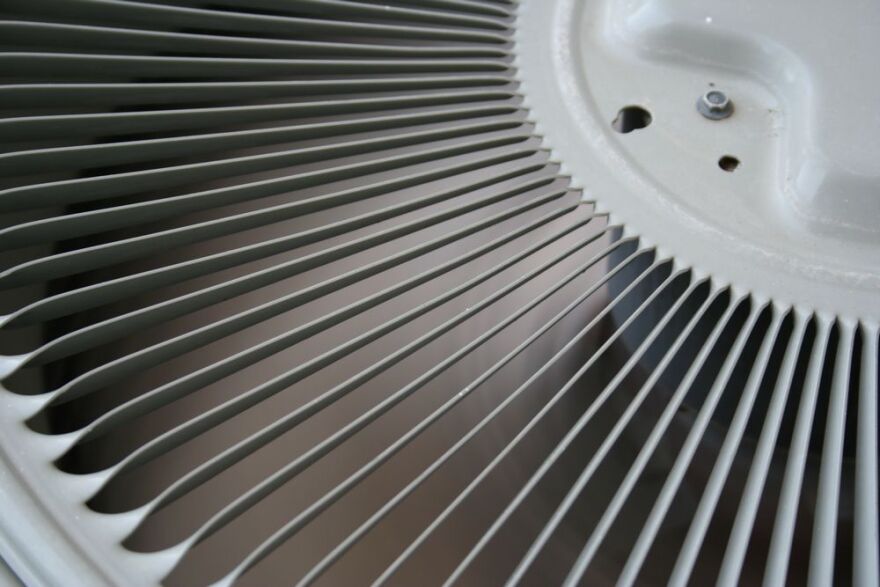With our free press under threat and federal funding for public media gone, your support matters more than ever. Help keep the LAist newsroom strong, become a monthly member or increase your support today.
Los Angeles County cooling centers could heat up during power outages

Almost none of Los Angeles County's cooling centers have backup power to keep the air conditioning running during the rolling electrical outages expected this summer, officials told the Board of Supervisors on Tuesday.
Energy officials have been predicting the L.A. Basin could use rolling power blackouts to stretch the electrical supply for as many as 14 days this summer. The continuing shutdown of a large underground natural gas reservoir near Porter Ranch, following a large gas leak, could leave some power generation plants short of fuel. California state rules permit natural gas supplies to power plants to be curtailed during shortages — leading to potential outages.
Most of L.A. County's 95 cooling centers lack backup generators to keep the AC on during an outage.
"We only have two of our cooling centers that have standby power in place, so that's a problem," L.A. County Supervisor Hilda Solis said Tuesday. She was responding to a report from emergency management officials about their preparedness for rolling outages.
"We need to do more with respect to our cooling centers, especially in the [community and senior services] facilities where we have seniors," she said.
The county's 95 cooling centers are located within the service areas of 13 power utilities in both unincorporated territory and within many of the county's dozens of cities.
The county is likely to know a day in advance which areas might be scheduled for power outages. The outages are designed to last one hour at a time within Southern California Edison service area, or two hours in the L.A. Department of Water and Power's territory.
Because not all areas would have rolling power outages at the same time, the county could move people around on buses to the cooling centers that have power.
Reeb said most of the public buildings designated as cool zones were not required to be designed with the right electrical connections to accept a backup generator. That's because they are non-essential county buildings, such as libraries and community centers. The building code requires backup power hookups only for county buildings deemed essential, such as police, fire and medical buildings.
The county designated its plan for cooling centers in its adverse weather plan approved in 2013, Reeb said. County officials are working in collaboration with other agencies, including the Army Corps of Engineers, to improve the power reliability of public buildings in case of earthquakes or power outages.
The situation is different for cooling centers in the city of L.A., said Kate Hutton, spokeswoman for the city Office of Emergency Management. Any city building that has air conditioning can be used as a cooling center. The city also has backup power systems or generators available to keep most of the buildings cool, she said, and it extends the hours some public buildings are open during heat waves.








